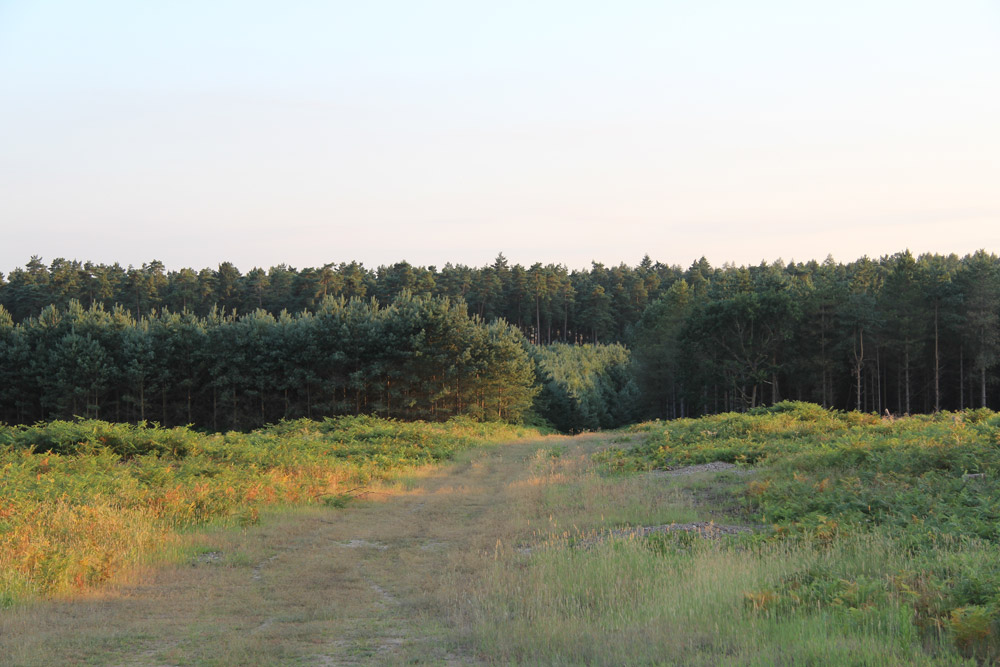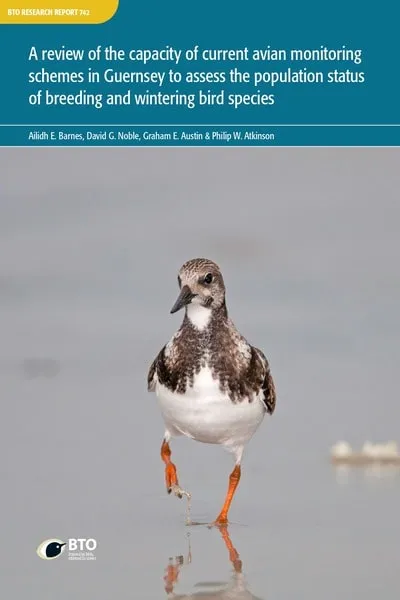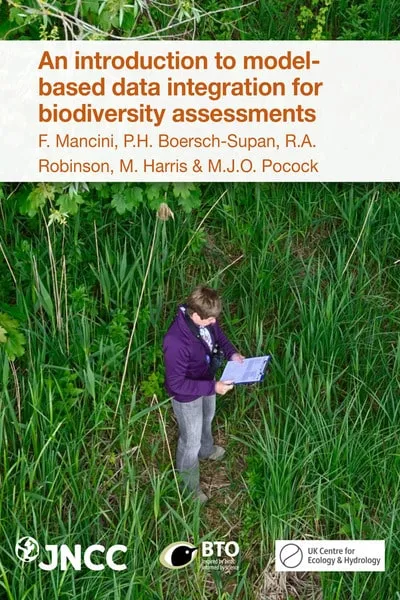BTO create and publish a variety of important articles, papers, journals and other publications, independently and with our partners, for organisations, government and the private sector. Some of our publications (books, guides and atlases) are also available to buy in our online shop.
Annual report of the Seabird Monitoring Programme
Seabird Population Trends and Causes of Change: 1986–2023
This report presents the latest seabird population trends in breeding abundance and productivity using data from the Seabird Monitoring Programme (SMP).
The report documents changes in the abundance and productivity of breeding seabird species in Britain and Ireland from 1986 to 2023, and provides a detailed account of the 2021, 2022 and 2023 breeding seasons.

Search settings
Recommendations to enhance breeding bird diversity in managed plantation forests determined using LiDAR
Author: Tew, E.R., Conway, J.C., Henderson, I.G., Milodowski, D.T., Swinfield, T. & Sutherland, W.J.
Published: 2022
Tree planting can contribute to the fight against both climate change and biodiversity loss if forests are planned and managed well. Forest structure data, collected using remote sensing technology, combined with bird surveys has been used to test which management regimes maximise bird diversity in managed plantations. Forests with stands of a greater variety of ages are consistently more biodiverse, suggesting that forest managers should prioritise maintaining a diversity of stand ages.
19.05.22
Papers

Estimating the carbon footprint of citizen science biodiversity monitoring
Author: Gillings, S. & Harris, S.J.
Published: 2022
Understanding the impacts of climate change relies on an evidence base generated by the thousands of volunteers who participate in biodiversity monitoring. However, survey participation often carries its own carbon footprint, especially where participants travel to and from survey sites by car. Whilst it is essential that we have accurate information about how wildlife is faring in this changing world, we also need to be mindful of any side effects of our scientific activities. A key step is to estimate the emissions produced during biodiversity monitoring.
18.05.22
Papers

A review of the BTO/RSPB/JNCC Wetland Bird Survey (WeBS) Low Tide Counts scheme with recommendations for its future operation.
Author: Clewley, G.D., Calbrade, N.A., Austin, G.E., Frost, T.M. & Burton, N.H.K.
Published: 2022
This report presents a review of the Wetland Bird Survey (WeBS) Low Tide Counts scheme and its methods.
16.05.22
Reports

Impact of woodland agri-environment management on woodland structure and target bird species
Author: Bellamy, P.E., Charman, E.C., Riddle, N., Kirby, W.B., Broome, A.C., Siriwardena, G.M., Grice, P.V., Peach, W.J. & Gregory, R.D.
Published: 2022
Funding incentives have been used in agriculture and forestry to deliver policy objectives, including the support of biodiversity conservation. Understanding the effectiveness of such approaches requires the collection of baseline monitoring data, both from participating sites and those not in the scheme.
12.05.22
Papers

An introduction to model-based data integration for biodiversity assessments
Author: Mancini, F., Boersch-Supan, P.H., Robinson, R.A., Harris, M. & Pocock, M.J.O.
Published: 2022
Almost everywhere nature is under pressure. Thus, the need to monitor the state of nature and identify the many pressures affecting biodiversity has never been greater. However, the current range of biodiversity monitoring activities is varied and complex, ranging from collecting environmental DNA (eDNA) samples to structured monitoring schemes and opportunistic recording. Model-based data integration is a statistical tool to combine these different sources of data to produce robust biodiversity assessments based on more of the available evidence.
05.05.22
Reports
